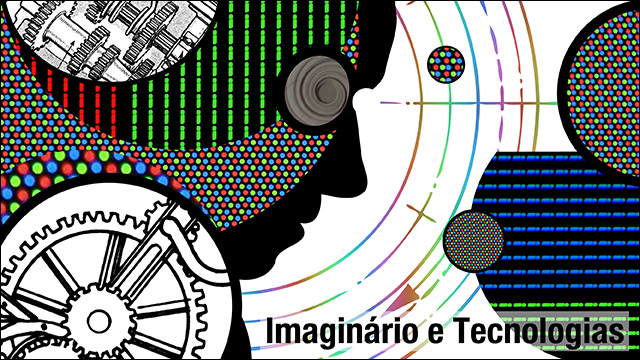Corpus absconditum: images of the East and ideology in the representation of the female body in the press
DOI:
https://doi.org/10.15448/1980-3729.2011.3.10378Keywords:
Communication, female body, islamAbstract
On October 11, 2010 a law that prohibits the use of clothing that fully cover the face was approved in France, preventing there cognition of the individual, which directly affected the Islamic tradition of wearing the burqa or niqab. This decision provoked intense debate in the international media the same way that triggered discussions about the place and role of the body in religion and culture. Inspired by the concept of orientalism of Edward Said, this paper compares two ways of representing the body highlighted by western press. Thus, this article discusses the denial of the visibility of the female body in Islamic culture and its reduction to certain stereotypes in contrast to the body overexposure of western women. Besides the cultural and religious aspects that set both kinds of representation apart, this study suggests that the western intolerance of the corpus absconditum derives as well from the visibility value propagated by the media society of the West, particularly by the press.Downloads
References
BARBA, Mariana Della. Estilista belga lança coleção de véus islâmicos modernos. In: BBC Brasil. Disponível em: http://www.bbc.co.uk/portuguese/noticias/2010/09/10091 9_hijabmoda.shtml Acesso em: 18 mar. 2011.
BAUDRILLARD, Jean. Para uma crítica da economia política do signo. Lisboa: edições 70, 1981.
______. Simulacros e simulação. Lisboa: Relógio d’água, 1991.
BHABHA, Homi. O local da cultura. Belo Horizonte: Ed. UFMG, 1998.
BOURDIEU, Pierre. Economia das trocas simbólicas. São Paulo: Perspectiva, 2009.
BYSTRINA, Ivan.Tópicos de Semiótica da Cultura. São Paulo: CISC, 1995.
DEBORD, Guy. A sociedade do espetáculo. Rio de Janeiro: Contraponto, 1997.
FONTENELLE, Isleide. Corpo, mobilidade e a cultura da imagem. Revista de Psicologia Hospitalar, vol. 4, n 1, 2006. Disponível em: http://www.cepsic.org.br/revista/v4n1a06.htm Acesso em: 18 mar. 2011.
FOUCAULT, Michel. Microfísica do poder. Rio de Janeiro: Graal, 1982.
FRAISSE, Geneviève; PERROT, Michelle. História das Mulheres. O século XIX. Vol. 4. Porto: Afrontamento, 1991.
KLEIN, Alberto. A polarização Oriente-Ocidente no fotojornalismo pós-11 de setembro: a sedimentação de estereótipos do muçulmano como texto cultural. Ghrebh - Revista de Comunicação, Cultura e Teoria da Mídia. São Paulo, v.1 n.15, p. 41-49, maio 2010.
LATOUR, Bruno; WEIBEL, Peter. Iconoclash. MIT Press. Cambridge, 2002.
MARRA, Claudio. Nas sombras de um sonho: história e linguagens da fotografia de moda. São Paulo: Senac, 2008.
MARX, Karl; ENGELS, Friedrich. Aideologia Alemã. São Paulo: Martin Claret, 2005.
MITCHELL, W.J. Thomas. Iconology: Image, Text, Ideology. Chicago: The University of Chicago Press, 1986.
MORIN, Edgar. O paradigma perdido: a natureza humana. Lisboa: Publicações Europa-America, 1973.
SAID, Edward. Orientalismo. São Paulo: Cia. das Letras, 1996.
SIBILIA, Paula. Imagens da beleza pura: o corpo digitalizado. In: FILE, 2006, São Paulo. Anais do Festival Internacional de Linguagem Eletrônica. São Paulo: 2006. Disponível em: http://www.file.org.br/file2006/symp_rio/papers_doc/portugues/paula_sibilia.doc Acesso em: 13 maio 2010.
Downloads
How to Cite
Issue
Section
License
Copyright
The submission of originals to Revista Famecos implies the transfer by the authors of the right for publication. Authors retain copyright and grant the journal right of first publication. If the authors wish to include the same data into another publication, they must cite Revista Famecos as the site of original publication.
Creative Commons License
Except where otherwise specified, material published in this journal is licensed under a Creative Commons Attribution 4.0 International license, which allows unrestricted use, distribution and reproduction in any medium, provided the original publication is correctly cited.






